Want to get the very best out of your ground-breaking Toyota hybrid? We’ve gathered a number of hybrid driving hints and tips that will help you to get the best from the system, improving fuel consumption and getting you further for less.
Whichever Toyota hybrid you’ve set your heart on, the following tips and pointers should maximise the range and fuel economy of your Toyota.
The basics
It’s not just hybrids that benefit from the first seven tips – these will help to improve any car’s fuel efficiency:
- Clear out the boot! Keeping the boot free of unnecessary weight will give your car and immediate boost in performance and economy.
- Check your tyre pressures – dig out your owner’s manual, and do a weekly check to ensure that your tyres are correctly inflated in line with Toyota’s recommendation. Or read our handy tyre pressures article here.
- Think ahead – by planning your journeys, you can avoid traffic jams and minimise the likelihood of getting lost.
- Shut up! Closing the windows and sun roof at speeds above 45mph will reduce drag, reducing fuel consumption.
- Remove unused roof racks, boxes and bike racks – they’re a real drag too!
- Steady as she goes – maintain a steady speed and don’t go over the speed limit.
- Smoothly does it! Try to avoid sudden braking or acceleration.
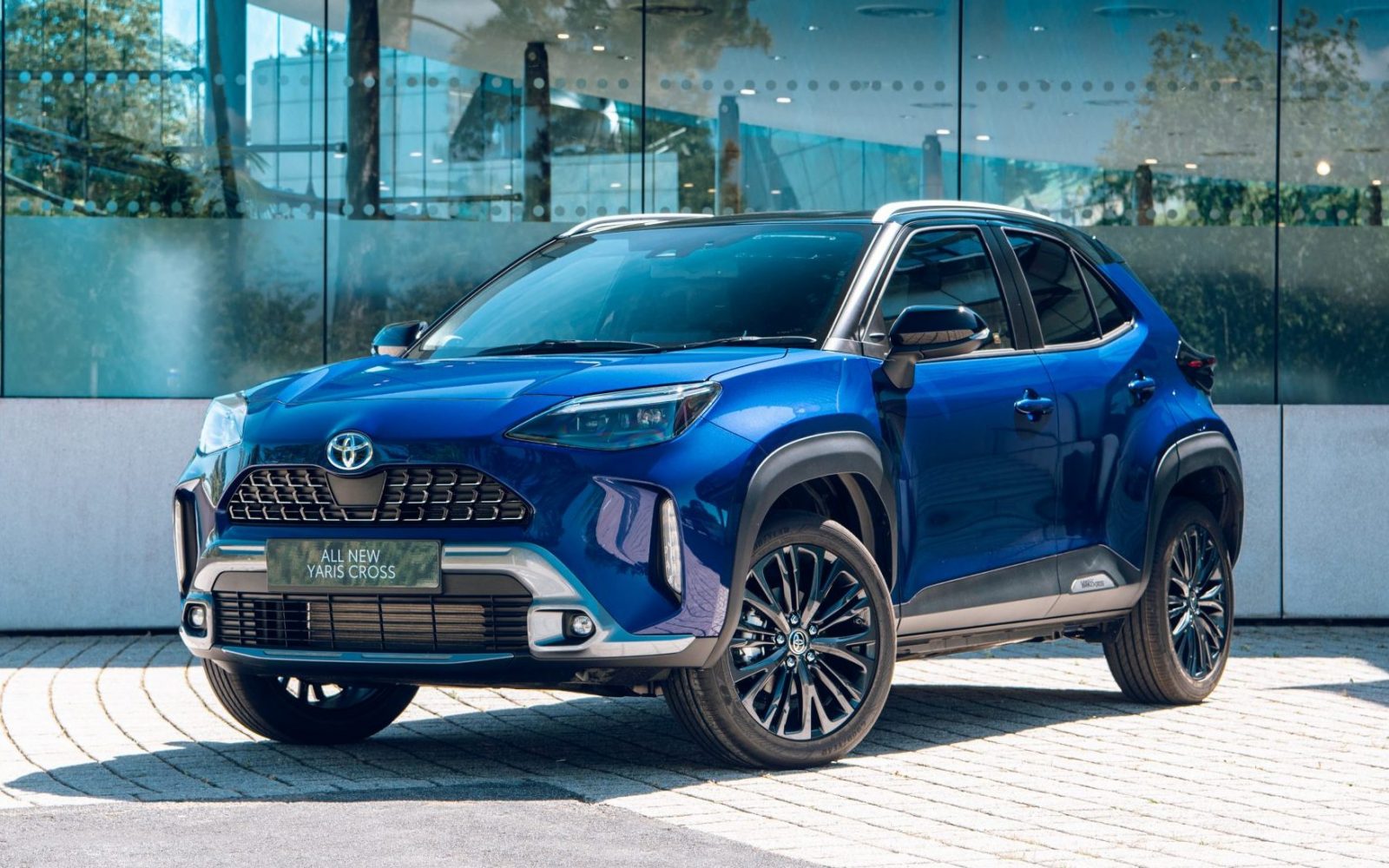
Hybrid driving: hybrid-specific tips
Sorry everyone else, but these tips are for hybrids only:
- Become familiar with the hybrid information display so you can know how much energy is being used.
- EV does it! Keep the car in EV mode as much as possible by using the accelerator gently, pressing it lightly but consistently.
- Improve efficiency with ECO mode, which reduces aggressive throttle response.
- Harvest time – braking gently and early helps the regenerative braking harvest more energy, which means EV mode can operate for longer periods.
- Keep an eye on the dials and gauges to fully understand the hybrid system and manage the charge levels in the hybrid’s high-voltage battery.
- If you’re in stop-start traffic, don’t put the car in neutral (‘N’) when stationary, as electricity will not be generated and the hybrid battery will discharge.
- Consider using cruise control (where fitted) to maintain steady speeds.
- When using climate control, Re-circulate mode reduces energy usage.
- Think about the environment! Constant or heavy use of systems like air-con, lights and wipers will increase energy consumption.
Hybrid driving: drive modes
Toyota hybrids have four drive modes: Normal, EV, Eco and Power. When you first start your hybrid, the car defaults to the ‘Normal’ drive mode, which automatically manages the most efficient use of both the engine and the battery.
Drivers can also select one of the car’s on-demand drive modes to achieve better fuel consumption in certain settings.
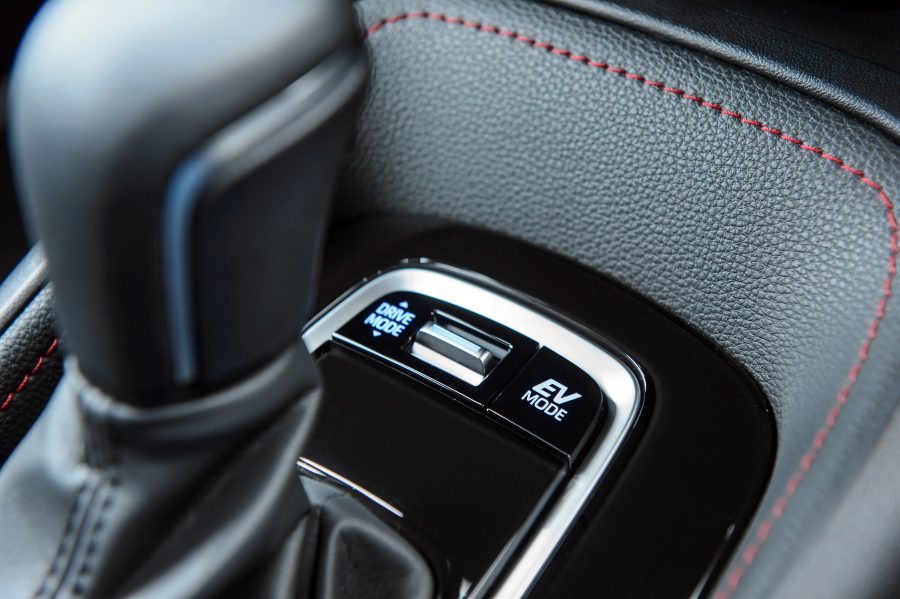
These drive modes are: EV Mode where the car is powered by the battery only during city driving, running near-silent and with no tailpipe emissions; Eco Mode that reduces A/C output and lessens throttle response to limit harsh acceleration; and Power Mode which boosts acceleration by using the hybrid battery to assist the petrol engine.
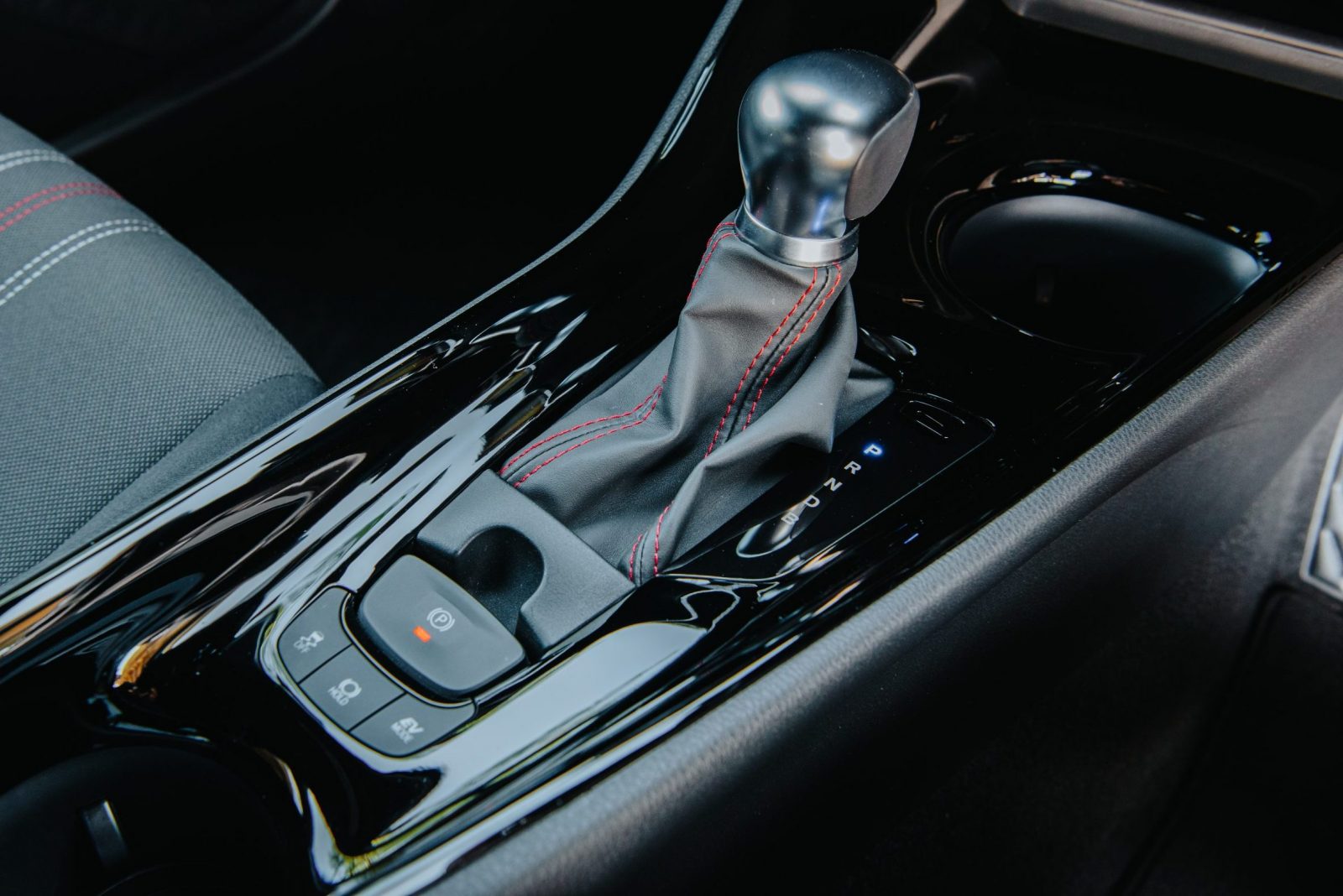
The shift lever offers four positions: R (Reverse), N (neutral), B (engine braking) and D (drive). For normal driving, D (drive) is absolutely fine, but should you need it, position B has the effect of engine-braking handy when descending a steep hill, for example. It’s not recommended to leave the car in position B for normal driving, mainly because you’d end up using more fuel than necessary!
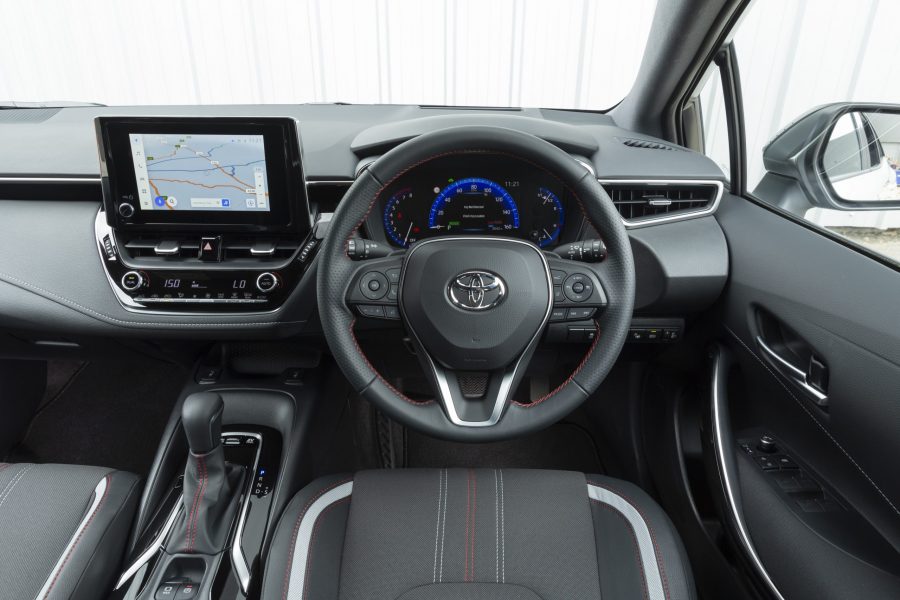
Hybrid driving: read the road ahead
Another great hybrid driving tip is to use the car’s battery whenever possible.
Another great hybrid driving tip is to use the car’s battery whenever possible. You can do this in town and urban driving by accelerating to your required speed, easing off the accelerator and then gently easing the accelerator on again. By doing this, you can activate EV mode – indicated by the dashboard light – which means that the engine has switched off and you are using the electric battery.
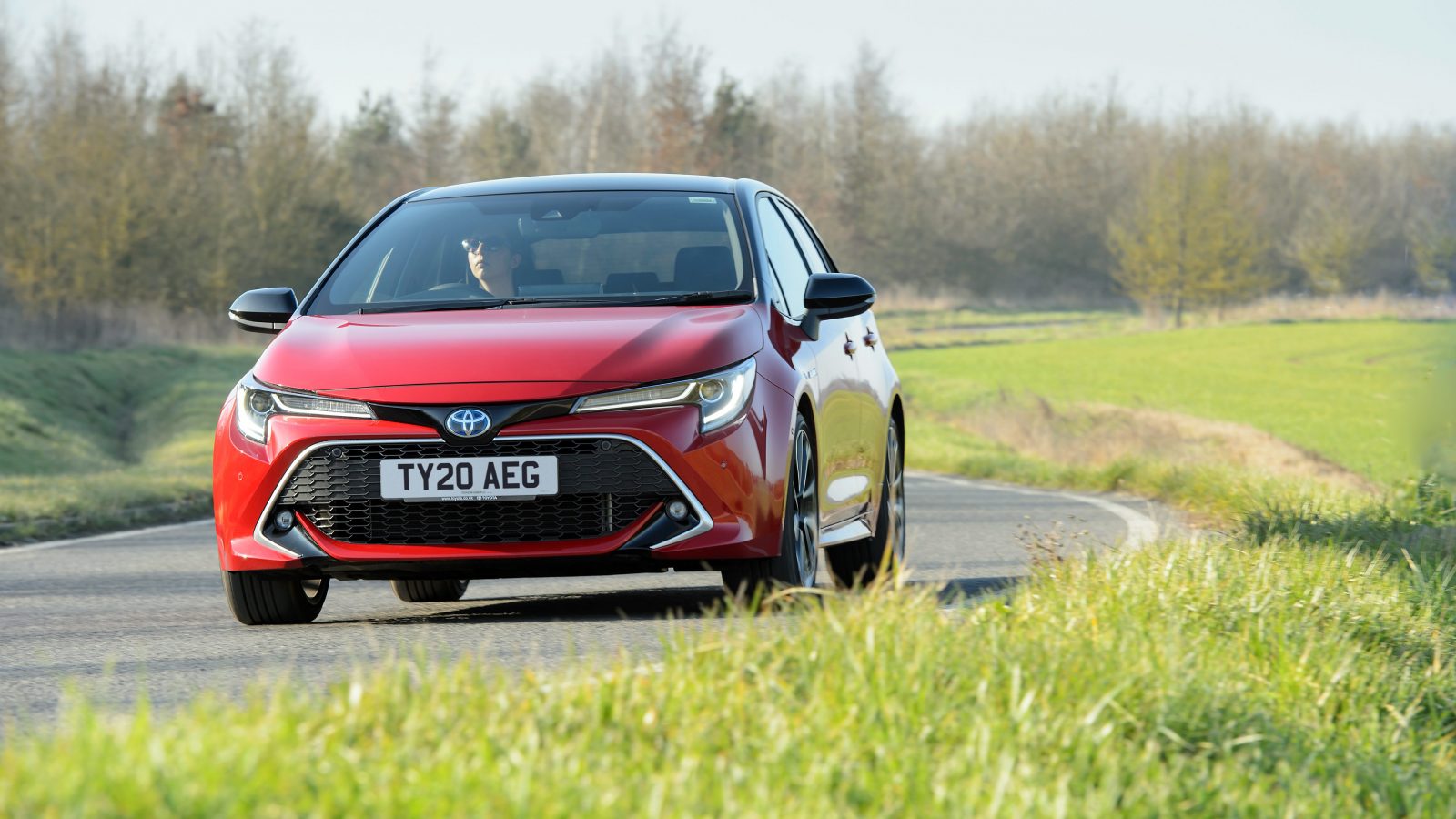
Try to maintain a constant speed and, as always, it’s important to read the road ahead. By doing this, you can reduce the amount of unnecessary braking and accelerating, using less fuel. Braking slowly and gently also maximises the amount of energy recovered by the regenerative braking system on the car.
Other factors to consider
Bear in mind that there are many factors that can affect a car’s performance, hybrid included. On cold days, your car will use more fuel as it warms up, but once it’s reached its optimum temperature, the MPG figures will increase.
Also, during the winter, you’re more likely to be using the air-conditioning, lights and wipers, all of which will use some electrical power from the battery. If you regularly travel the same route, don’t be surprised if you get better MPG figures during the summer than in the winter!
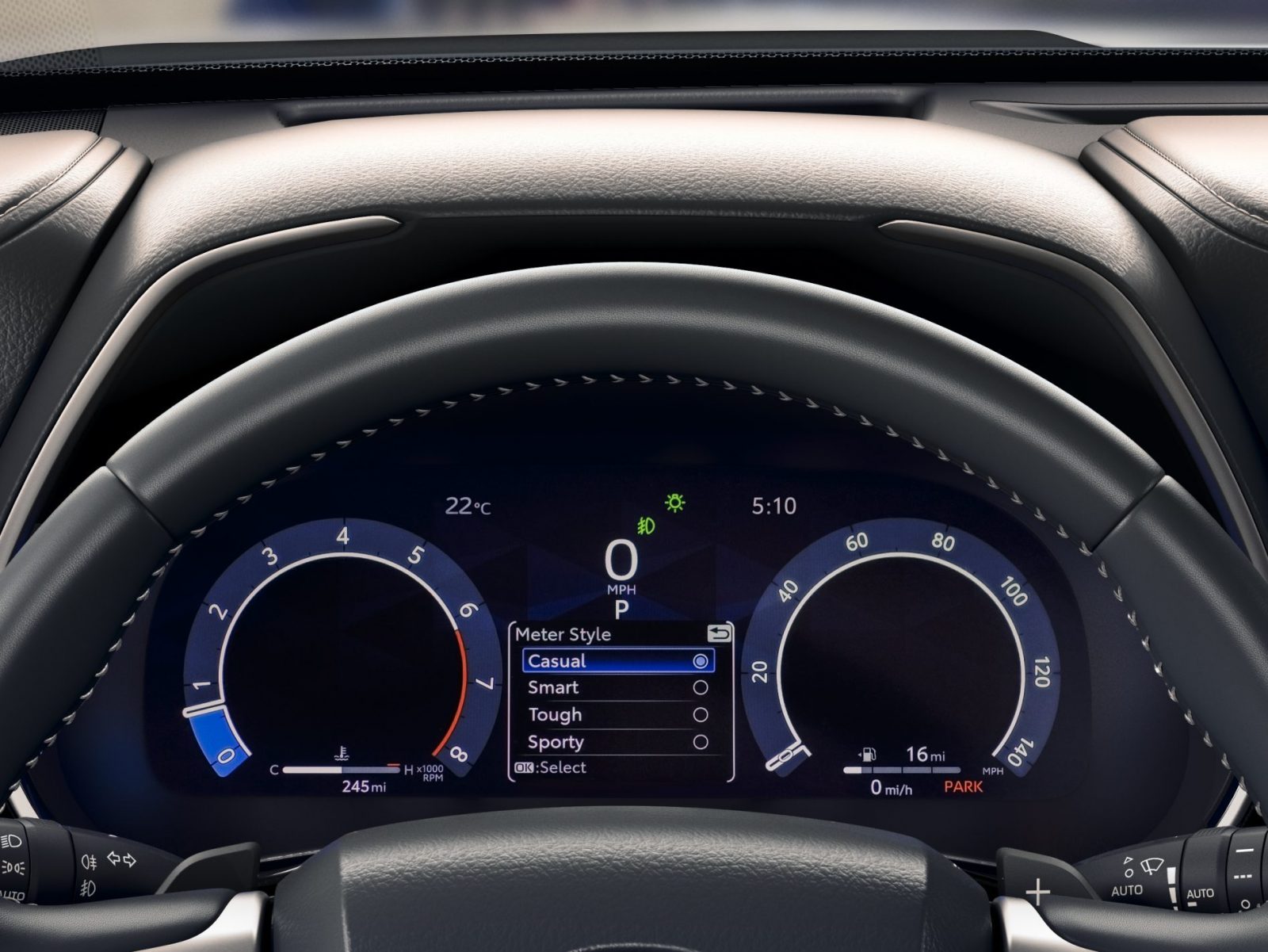
If you’d like more hybrid driving tips or want to discuss your driving technique with other hybrid owners, it’s worth visiting the Hypermiler website.
As a final note, please remember that these hybrid driving tips are published as general guidance on how to get the best fuel economy from your Toyota hybrid. Toyota encourages and supports safe driving at all times – please adhere to the rules of the road.
Read more: Toyota hybrid – how does it work?
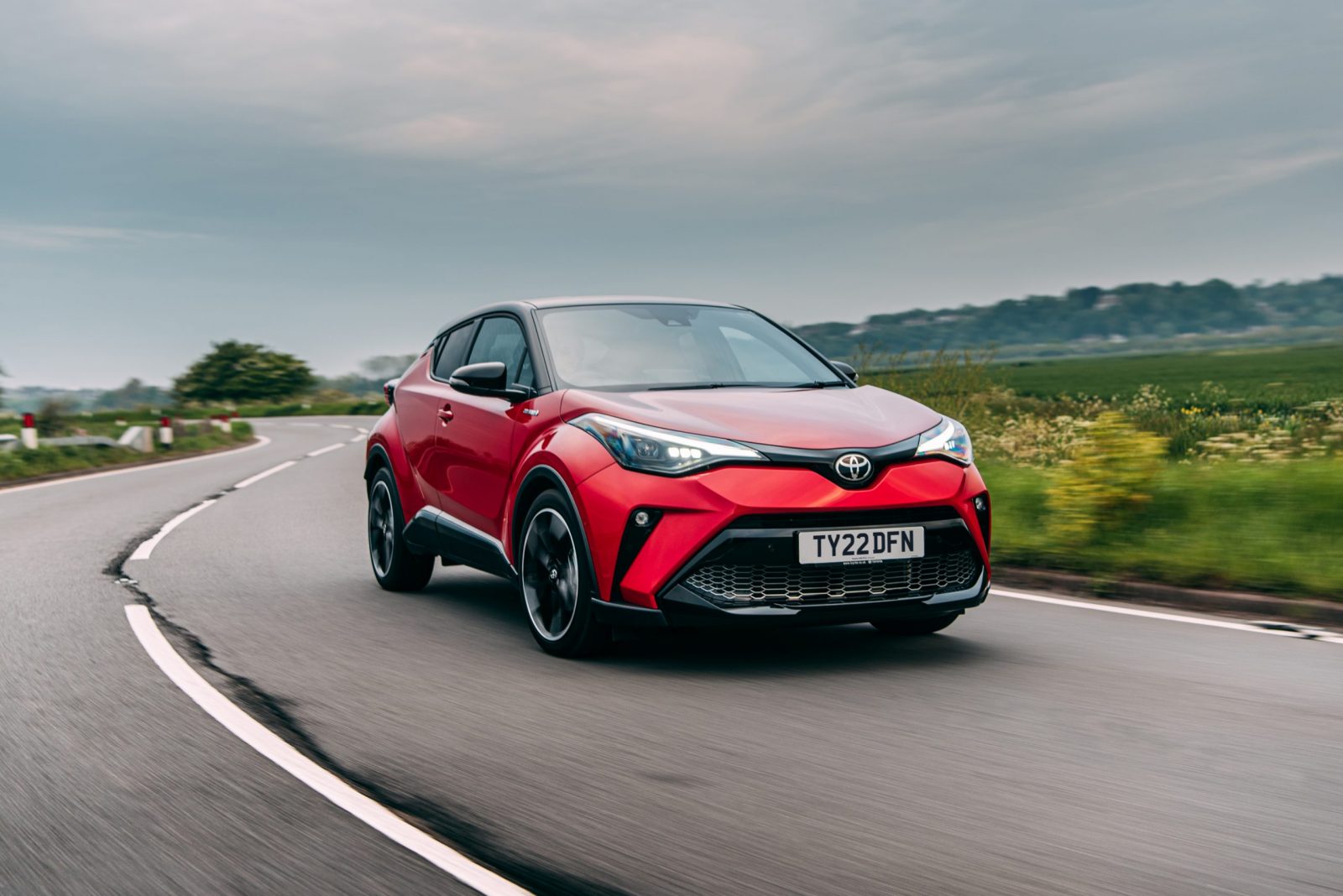
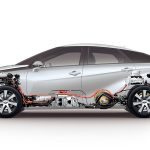

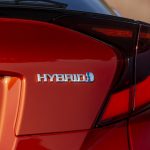
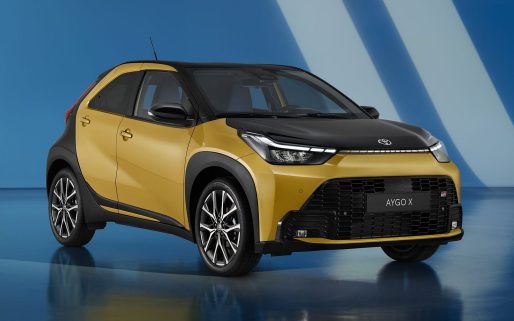
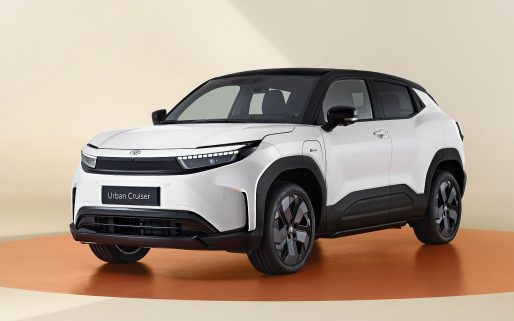

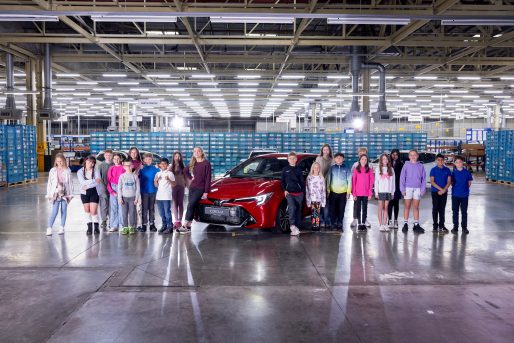
The best m.p.g. that have received is 74.2 over a distance of 80 miles. This was a warm day with very little traffic congestion and no motorway driving.
With a temperature below 20C it will not be possible to achieve any where near the quoted values.
I live in Sheffield, with 7 valleys/ hills and on a warm day I can average 60 m.p.g.
I’ve managed 76.4 over 180 miles, significant amount of busy motorway driving and some urban stuff. I notice difference temperature makes, in winter I get 56mpg and in summer 60-62mpg overall
Best I’ve managed is 77.8 mpg on a 160 mile round trip cross country through Somerset and Dorset. The temperature was about 16 degC, so I avoided using a/c or heating. Generally I get about 68.2 mpg pussy-footing around hilly Bristol.
Just why does the mpg drop in winter ? Incidentally, the same happened with my previous car, a diesel Renault.
Hi Chiny,
Thank you for your question.
There are many ways to increase your MPG figure with your driving style playing a part as well as the conditions you are driving in. The engine will perform better when it’s at its optimum temperature, therefore on a warmer day you are likely to achieve a slightly better MPG figure. A colder engine takes time to warm up and during this time it isn’t running at its optimum efficiency. We hope this helps to explain how the outside temperature can affect the car’s MPG. Many thanks.
I was interested to see your verdict
I joined this website after I got my Auris which claimed 78 Mpg. On what planet are Toyota on. It was an outrageous claim and in my opinion Lies like this are far worse that the scandal that might have bankrupted VW. I felt cheated and frustrated by the deliberate dishonesty of Toyota.
But they have got away with it.
It is just one of the claims made in the Auris brochure which is pure fiction – but they get away with this
Strange because the Auris is a good car. They did not need to tell lies and mislead. The worst part is that having paid more than £24,000 for the top of the range Auris Excel there is nothing you can do against a established dishonest Car giant except be disappointed.
There should be a competition with such Companies where the Customer can spot the deliberate mistakes or false claims in the brochure, several of which have been changed because Toyota realise they are sailing close to the wind.
Maybe tonight’s Watchdog will start the moving – I doubt it
Hi John,
Thanks for getting in touch and we’re sorry to hear that you’re unhappy with the quoted MPG figures. The procedure by which MPG figures are calculated is one that is mandated and controlled by EU legislation, and monitored by authorities in each EU member state. Though often referred to as ‘manufacturer figures’, the strict EU test procedure ensures parity across different makes and models.
The EU and member state governments are working towards introducing an updated fuel consumption test in the future so that a car’s quoted MPG figures are closer to real-world economy figures.
We hope this clears up some of your worries. You can read more about this here: https://mag.toyota.co.uk/how-official-fuel-economy-figures-are-calculated. Many thanks.
does using the air con reduce the performance like it does with other cars also does it have much effect on fuel economy.
Hi Malc,
As with all cars, running the air conditioning system will use some of the power from the car to operate. However, in ECO mode the system runs more efficiently, balancing it’s power usage with the input from the engine. This is designed, as with many features of the vehicle, to run more efficiently.
Many thanks.
Does dragging the brakes to a slow halt rather than a more sudden stop help charge the battery?
Hi Adam
The battery will recharge regardless of how you brake but by using controlled braking you will benefit from a more efficient charge, hope that helps.
I’ve managed 74.8 over 180 miles which included a t least 70 motorway miles , Eric’s right about the ambient temperature making a difference. Winter I manage 56 without trying and in summer I get 60-65mpg though you do have to learn the “drive and glide” technique.
The charging period is extended if you gradually slow down. Also there is less wear 7 tear on the braking system and and a more comfortable ride.
The air density also changes with temperature. Thus there is more or less air available for the combustion to take place.
On cold days you will have the heater on, drawing heat out of the circulating cooling water. Thus more energy (petrol) is required to keep the engine at the designed temperature.
Having just bought a new Auris Hybrid to replace my Prius TSpirit (3rd Generation), I hope to get the same range of economy as both vehicles share the same powertrain.
However, my brother asked why the Auris Hybrid has a slower 0-60 (at 11.4 seconds) compared to the “bigger” Prius (at 10.4 seconds) and I can find no published reason.
Are you able to help in answering this?
Hi Colin,
Thanks for your question! The Auris Hybrid and Prius are two separate models so the acceleration will naturally be different, even though they have the same engine. The Prius is more aerodynamic with a lower drag coefficient and so this will be a contributing factor. So you are aware, acceleration data for every vehicle is officially homologated.
We hope this helps.
Hi
One question why doesn’t toyota give the driver full control of the hybrid battery? I understand in town under 30 you can use ERV mode which is great. However when I am on the motorway I have a fully charged battery that is still fully charges when i go off the motorway. When you are on the motorway it hardly uses the battery. It would be great if you could press a button and just use the full battery and power combined on a motorway. I know for a fact if i could do this I would be able to charge the battery again before coming into the town. Its sees a waste you have a full charged battery not being used. The driver should have more control of the hybrid system. Would achieve better MPG.
Hi Graham,
Whilst driving along the motorway in a hybrid car both the petrol engine and electric battery are in use, this is because the hybrid control unit always runs in the most economical way. Although, the full battery power isn’t used whilst driving on the motorway, both power sources are utilised.
You might be interested to learn we had over 200 software engineers working on the hybrid control system to ensure it offers the best possible efficiency.
We hope this helps.